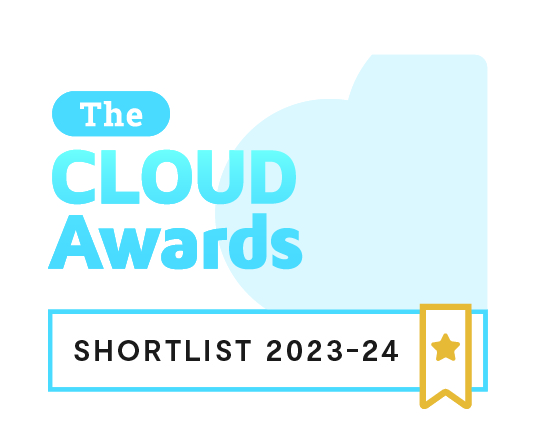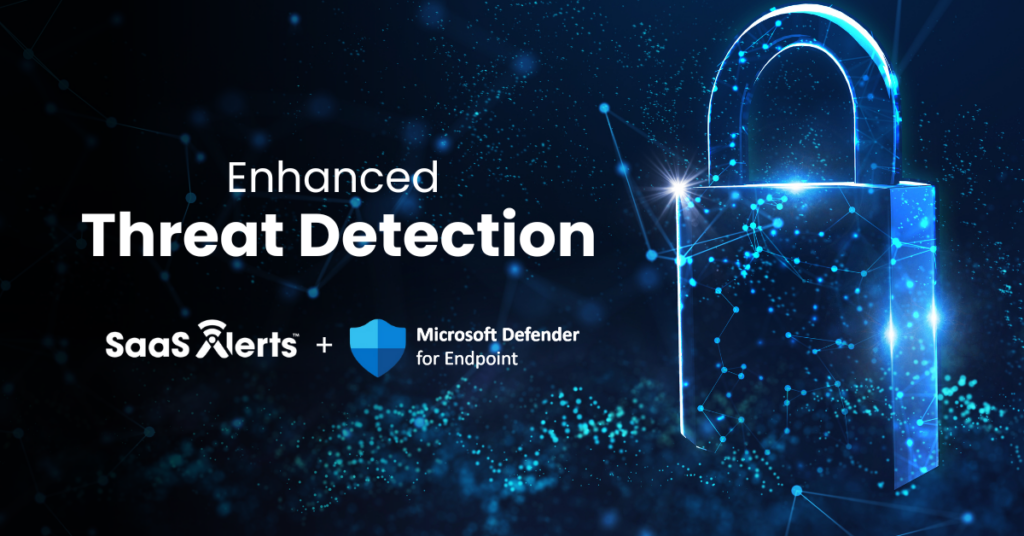A Guide to Building a Robust MSP Software Stack
What Your MSP Technology Stack Should Look Like
The MSP technology stack consists of software and hardware solutions designed to monitor, manage, secure and optimize IT environments. From remote monitoring and management (RMM) to customer relationship management (CRM), every component should strategically streamline processes and enhance operational efficiency.
A robust software stack enables MSPs to automate tasks, enable remote management and ensure security. Let’s review what tools constitute this proactive approach to service delivery.
Core Components of an MSP Software Stack
With so many solutions available in the market, you might wonder where to start. We’ve compiled a list of the most important tools to build an MSP software stack.
-
Remote Monitoring and Management (RMM) Tools
RMM tools enable MSPs to remotely monitor, manage and maintain clients’ IT infrastructures. These tools maintain an inventory of hardware and software assets, helping IT teams keep track of installed applications, hardware components and license compliance. By knowing these details, MSPs can optimize resource allocation and plan upgrades or replacements as needed.
RMM tools also offer the ability to execute scripts remotely on client devices. With script execution, you can automate various tasks such as software installations, configuration changes and system maintenance.
Additionally, you get remote control features with RMM to troubleshoot issues and support clients’ end users from a centralized location. This capability enables you to remotely diagnose problems and perform troubleshooting steps without being present on site.
RMM solutions also facilitate the management and deployment of software updates across multiple devices to ensure systems are up to date with the latest security patches and bug fixes.
Popular RMM software for your MSP tech stack includes ConnectWise Automate, Datto RMM, Kaseya VSA, NinjaOne (previously NinjaRMM) and Syncro RMM.
-
Professional Services Automation (PSA) Tools
MSPs often use professional service automation (PSA) tools as centralized ticketing systems. Clients raise tickets for various service requests or issues and these tickets become the focal point for tracking and managing ongoing work. MSPs also use the ticketing system to prioritize and assign tasks, ensuring timely resolution of client issues.
By automating repetitive and time-consuming tasks related to ticketing and invoicing, PSA software helps to reduce manual errors and enhance accuracy.
Let’s look at the features of PSA tools.
| PSA Tools Features | Description |
| Project management | Efficiently plan, track and manage projects, including task management, timelines and milestones |
| Time and expense tracking | Track the time spent on tasks and projects; includes features for expense tracking and reporting |
| Resource management | Optimize resource allocation by providing visibility into team availability, skills and workloads |
| Financial management | Manage project budgets, invoicing and financial reporting related to professional services projects |
| Customer relationship management (CRM) | Manage client interactions, track sales opportunities and maintain a centralized client database |
| Reporting and analytics | Generate reports and analytics to gain insights into project performance, resource utilization and business metrics |
| Collaboration | Facilitate communication and teamwork with features like document sharing and messaging |
Popular PSA solutions for your MSP technology stack include ConnectWise PSA (formerly ConnectWise Manage), Halo PSA, Kaseya BMS and Autotask PSA.
-
IT Documentation Tools
IT documentation tools help MSPs create, manage and organize comprehensive documentation covering various aspects of their clients’ IT environments, including:
- Network configurations
- Hardware specifications
- Software installations
- Security settings
Popular IT documentation platforms include IT Glue, Passportal, Hudu, Confluence, SI Portal and ITBoost.
What to Include in Your MSP Security Stack
An MSP security stack encompasses all the necessary tools and measures to protect your clients’ information and mitigate cyberattacks and data breaches. Underscoring the impact of breaches, IBM found that the global average data breach cost is $4.45 million.
Here are the key components of an MSP security stack.
1. Network Security
Network security helps maintain the confidentiality and integrity of data transmitted over the network. Encryption and secure communication protocols protect sensitive information from eavesdropping and tampering during transmission. The tools include:
- Firewall and network security: These tools act as a barrier between the internal network and external threats, controlling incoming and outgoing traffic based on predetermined security rules. They also secure sensitive data through network segmentation — a way to contain and isolate potential breaches.
- DNS filtering: These tools block access to known malicious websites, preventing users from inadvertently visiting sites hosting malware, phishing scams or other cyber threats. These tools also employ user behavioral analysis to detect and block threats, providing protection against zero-day threats.
2. Device/Endpoint Security
Device security refers to protecting individual devices (computers, servers, laptops and mobile devices) that are part of an MSP’s managed IT infrastructure. The solutions include:
- Antivirus/Anti-malware: This type of endpoint protection solution helps to detect and prevent malicious software from infecting devices. These tools use signature-based and behavior-based detection methods to identify and eliminate threats.
- Patch management: Patch management tools automate the process of applying updates and patches to close vulnerabilities. Keeping operating systems and software up to date is crucial for security because outdated software is more susceptible to known vulnerabilities.
- Mobile device management (MDM): For devices like smartphones and tablets, MDM solutions help MSPs enforce security policies, manage configurations and remotely wipe data if a device is lost or compromised.
3. SaaS Security
SaaS security is essential for protecting data stored and processed in cloud-based applications. This practice includes ensuring the confidentiality, integrity and availability of data within SaaS platforms. The key approaches include:
- User activity monitoring: MSPs use tools to monitor user activities such as login attempts, file access and other interactions to identify any suspicious or anomalous behavior.
- Threat detection and alerting: Monitoring solutions employ threat detection mechanisms to identify unusual activities in SaaS apps, triggering security alerts for potential incidents.
- Automated remediation: You can enforce automated security policies within SaaS applications to automatically take corrective actions when policy violations are detected. For example, restricting access to certain files or revoking permissions for non-compliant activities.
Managing multiple security tools can be time-consuming and prone to errors. With unified threat management, MSPs monitor and configure security settings from a single dashboard. For example, SaaS Alerts has a unified approach that leverages monitoring, alerting and automated response capabilities to provide visibility into the security blind spot between your client’s SaaS applications and RMM devices.
4. Additional Security Tools
MSPs should also incorporate the following additional tools and measures to provide comprehensive protection.
- Email security tools: Email is one of the most common vectors for cyber threats such as phishing attacks, business email compromise and malware. In fact, 75% of companies have experienced an increase in email-based threats, per Mimecast. With email security tools, you get data loss prevention features that help mitigate those risks.
- Backup and disaster recovery (BDR) tools: Acronis found that 41% of IT users rarely or never back up their data, exposing themselves to total data loss. To ensure business continuity and minimize downtime caused by data loss, deploy BDR tools that offer automated and scheduled backups to ensure that the most recent versions of data are always available.
Strengthen Your MSP’s Tech Stack with SaaS Alerts
By adding SaaS Alerts to your MSP technology stack, you improve the security posture of your clients while protecting your internal tools too.
Our platform offers a comprehensive approach to security, covering a range of cloud-based platforms such as Microsoft 365, Google Workspace, Dropbox, Salesforce, Slack and Okta.
Our SaaS security software also integrates with your most commonly used RMM tools to correlate data between known devices and user accounts. Plus, you get continuous threat detection, customizable alerts and automated incident response to protect against both internal and external threats.
Start your free trial to strengthen your MSP stack.






